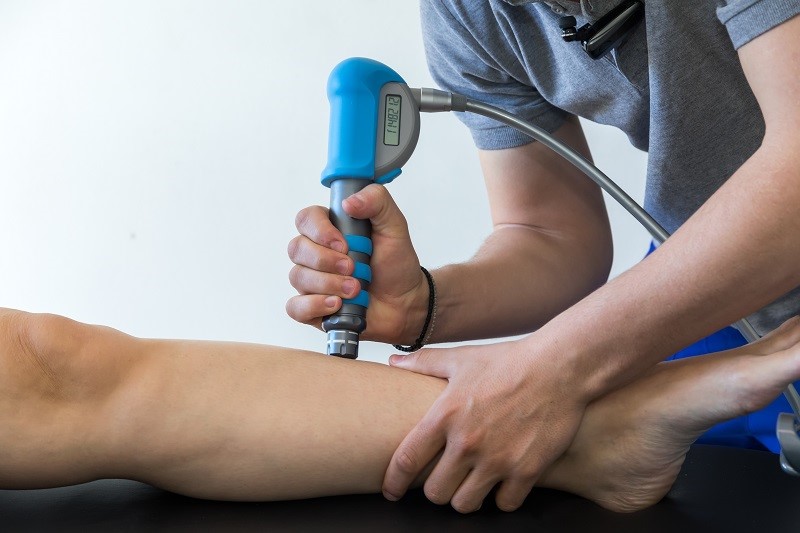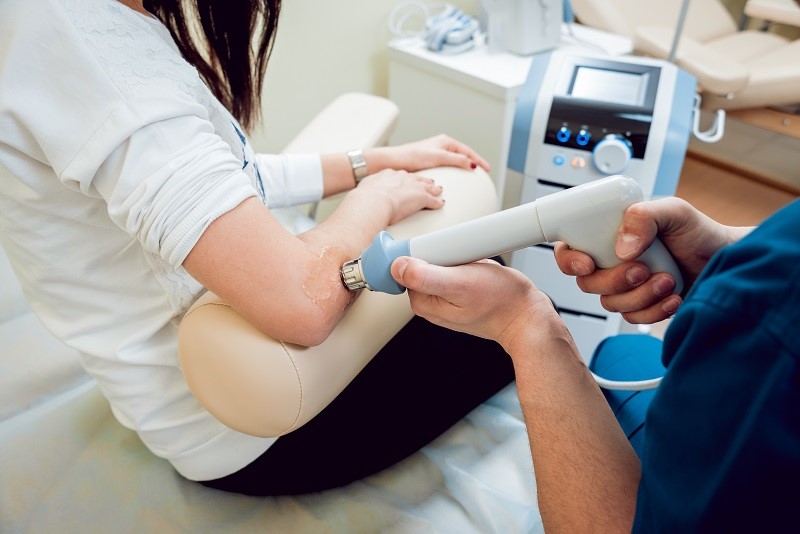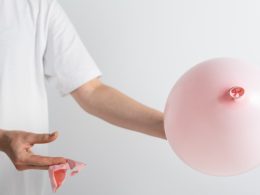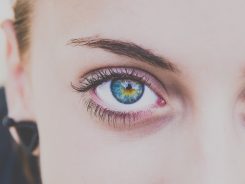Table of Contents
Suppose you have hurt yourself or injured yourself in any way then shockwave therapy comes to your rescue. It is a non-invasive treatment where low energetic acoustic waves are made to pass through your injured area directly or maybe through the skin. It was actually developed from the idea where it was believed that sound waves could break down gall bladder stones and help in the treatment of kidneys. If you have chronic pains, then shockwave therapy would be able to provide you with great relief.
They are usually used for the treatment of chronic diseases only where painkillers would not suffice. With the help of shockwave theory, your own natural body healing process is initiated or made to progress than its normal speed. Many people say that their mobility or their chronic pains have reduced after attending their first shockwave therapy session.

What is the Mechanism of Action for Shockwave Therapy?
Suppose you have pain in your neck or maybe you have injured your leg, shockwave therapy helps you to regain your old physical strength. It is an acoustic wave which carries high energy to the different tissues where you have gotten injured and to the painful spots.
Mainly shockwave therapy is given when the pain is chronic, subacute and/or subchronic. Now, you may ask what happens by passing such high energy frequency through the injured parts.
It mainly helps in the regeneration and reparative process of the bones, tissues and the joints which have gotten injured. Some basic characteristics of shockwave therapy change in pressure and high amplitude.
The kinetic energy of the projectile which has been created by the compressed air is then transferred to the transmitter present. The wave then travels to the end of the applicator and then enters the tissue or the place that had been injured.

What is the Sequence of Shockwave Theory?
- The Location of Pain is Determined: If you have not figured out the area where the pain is more accurate and based and do apply the treatment on areas where there is no pain then you would damage some of your healthy tissues. You doctor would do that by conducting various tests like X-ray and others. Then they would go through all the investigation and reports and then say yes for shockwave therapy.
- The gel is applied profusely: Just by holding the applicator on the injured spot would not do. That is the reason why a lot of gel is applied to make everything go smoothly and efficiently. A lot of gel is applied on the spot and near the injured area so that the applicator could roll on effect on the skin.
- Therapy is Initiated: After the gel has been applied profusely, the shockwave applicator is made to come in contact with the skin and pushed slightly. The start button is then pressed and the whole process of regenerating your tissue and cells are initiated.
Shockwave therapy is a very easy procedure and you do not have to get admitted to the hospital. But it is always recommended that you refrain yourself from any kind of tough physical activity for the next 48 hours mainly in the treated region.
If you think that you have to go through some kind of pain during the procedure, then you are absolutely wrong.
It has been observed that immediately after shockwave therapy people start feeling relieved. But after a few hours, you may feel some sourness which would eventually go away. Otherwise, it is a very safe and sound procedure now universally used everywhere.















